Abstract
Pigeons were trained on a two-key choice procedure in which a pair of equal and concurrently available variable-interval schedules (initial links) arranged entry into one or the other of two mutually exclusive schedules (terminal links) that ended in primary reinforcement. The terminal links were two-component chained or tandem schedules. Responses during the initial links were distributed equally on the two keys whenever the terminal links were associated with the same sets of interreinforcement intervals. Whether or not the terminal-link interreinforcement intervals were the same on the two keys, initial-link responding was affected by neither the presence nor relative durations of differentially signalled components within a terminal-link schedule. The simplest interpretation of these results is that initial-link responding is maintained directly by delayed primary reinforcement, rather than conditioned reinforcement afforded by the stimuli correlated with the terminal-link schedule components. This finding suggests that aspects of chained schedule performance usually attributed to conditioned reinforcement might best be reinterpreted in terms of delayed primary reinforcement and various discriminative functions served by the component-correlated stimuli.
Full text
PDF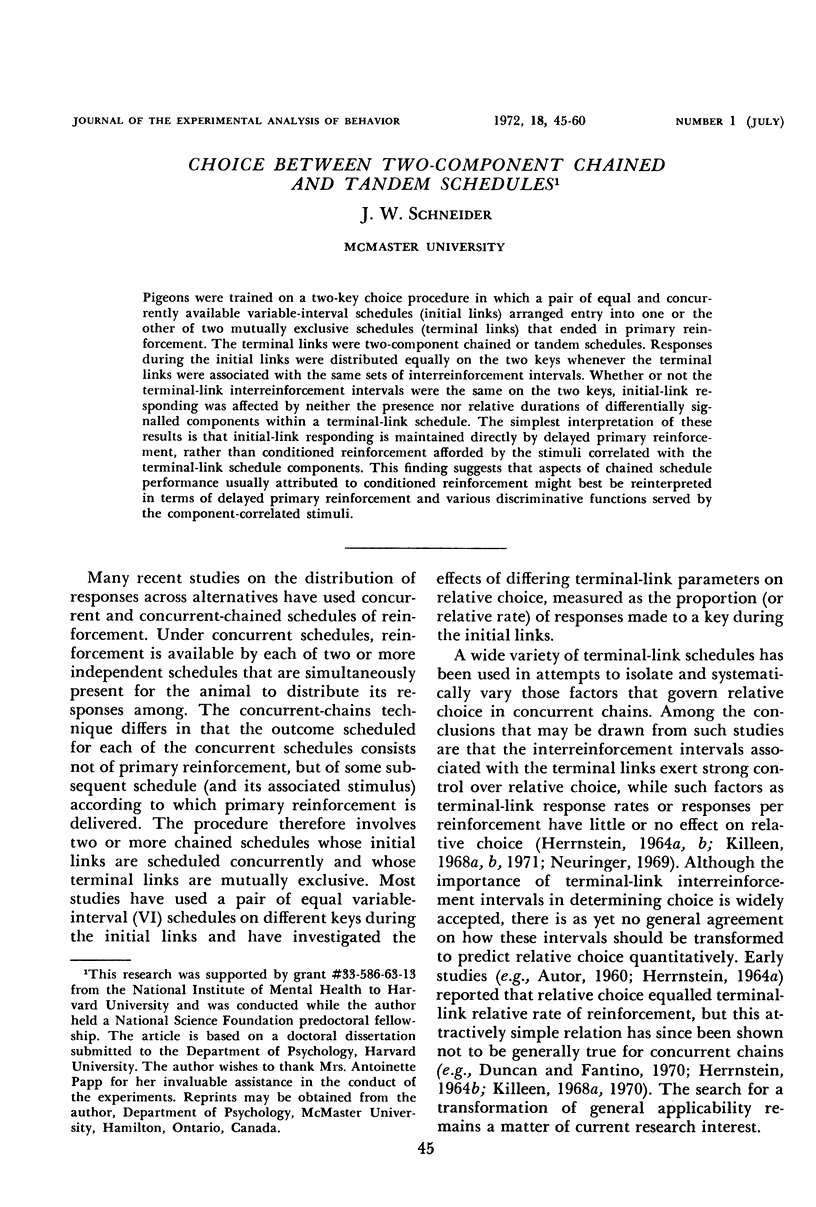
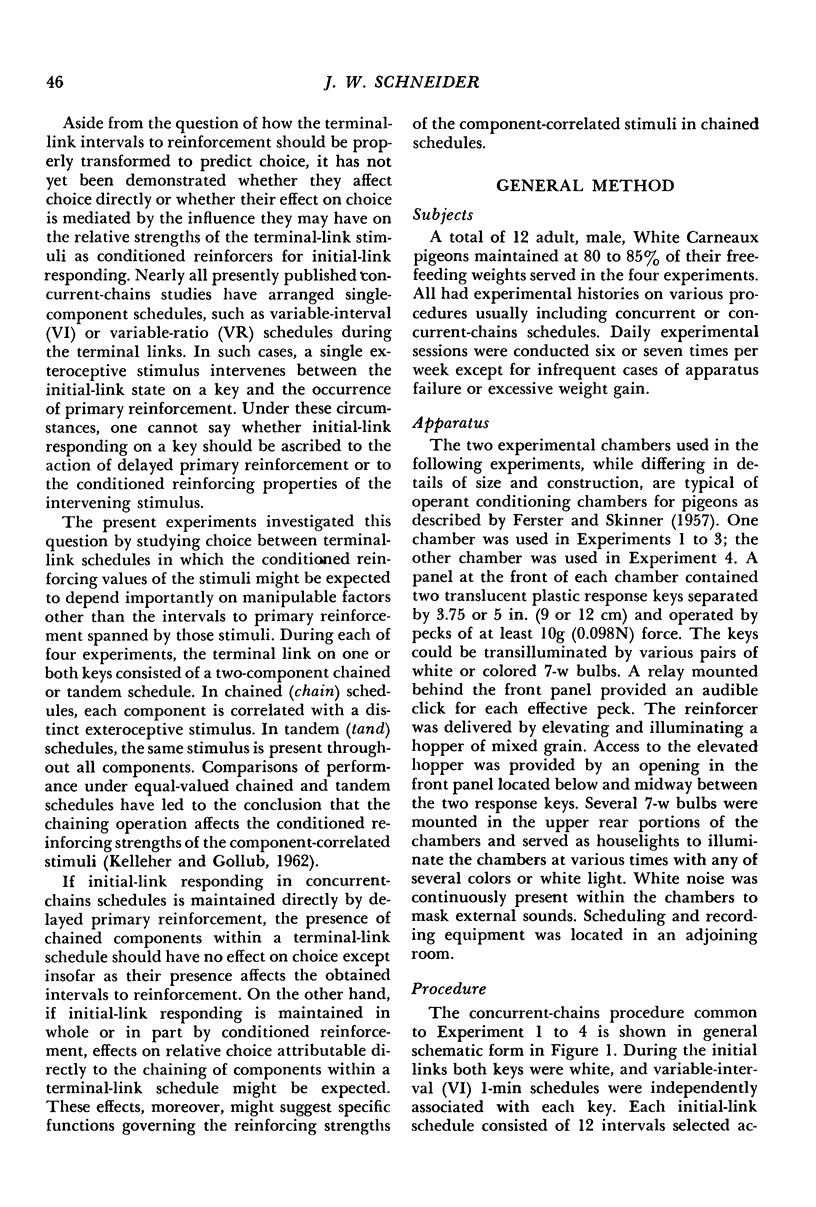
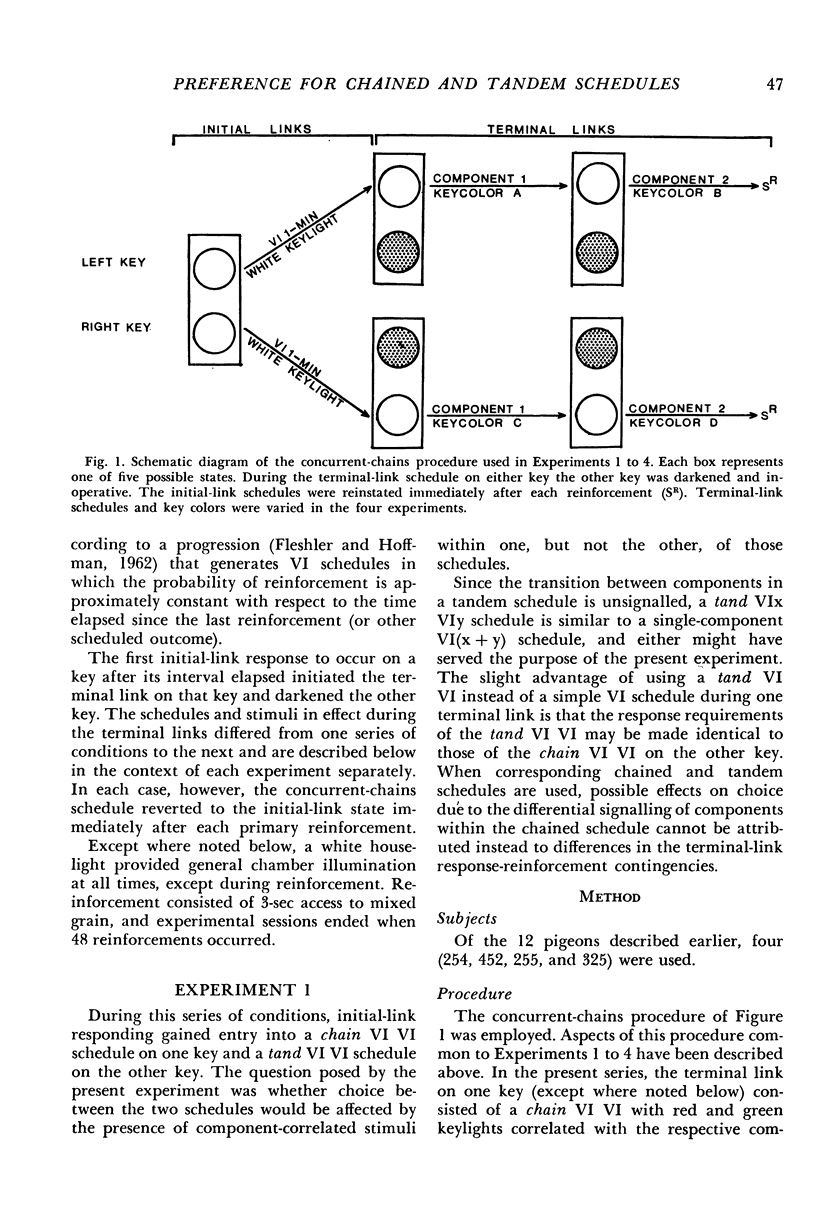
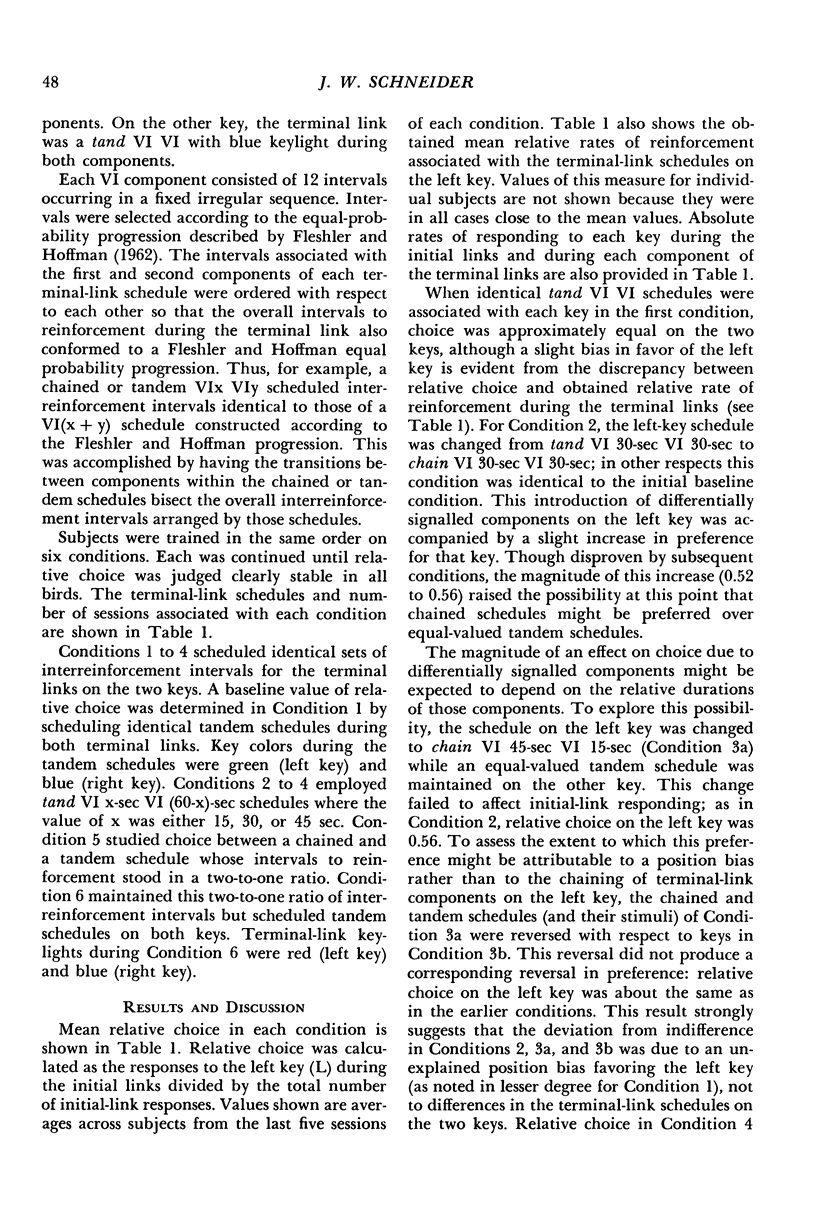
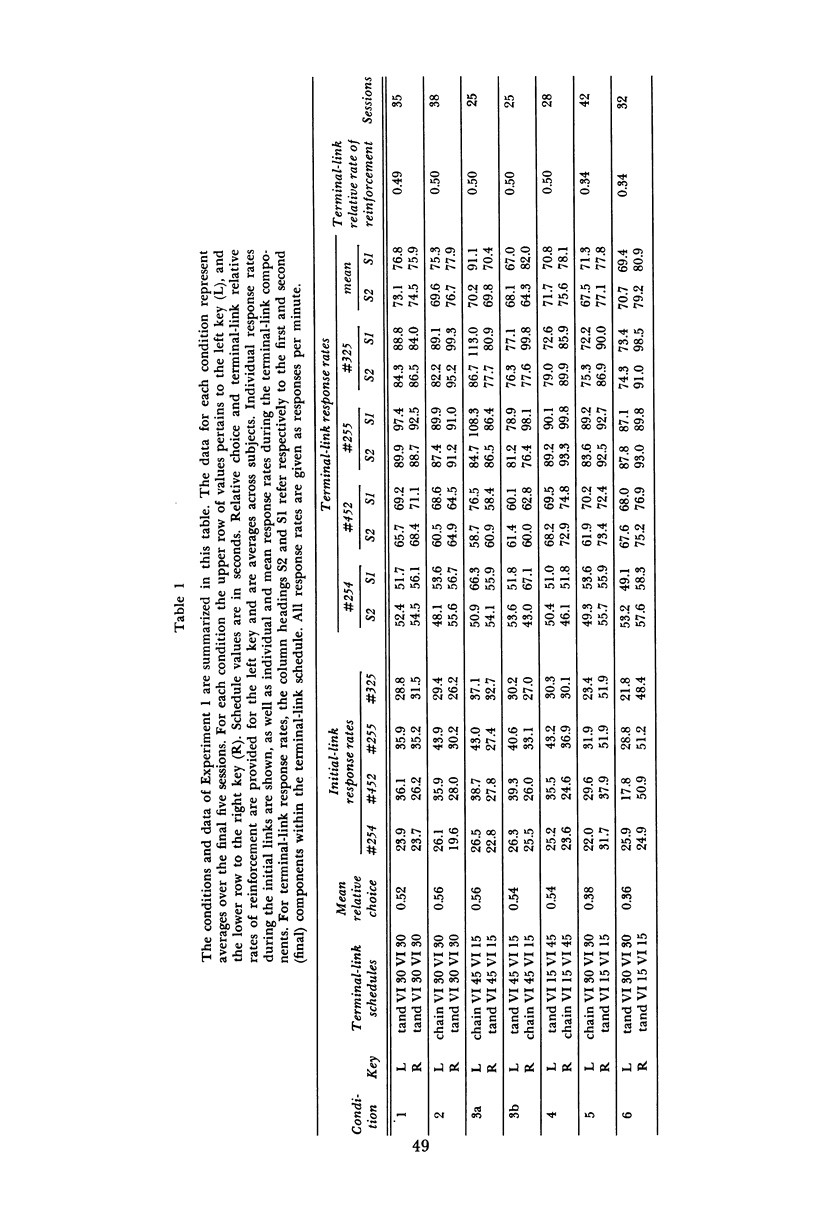
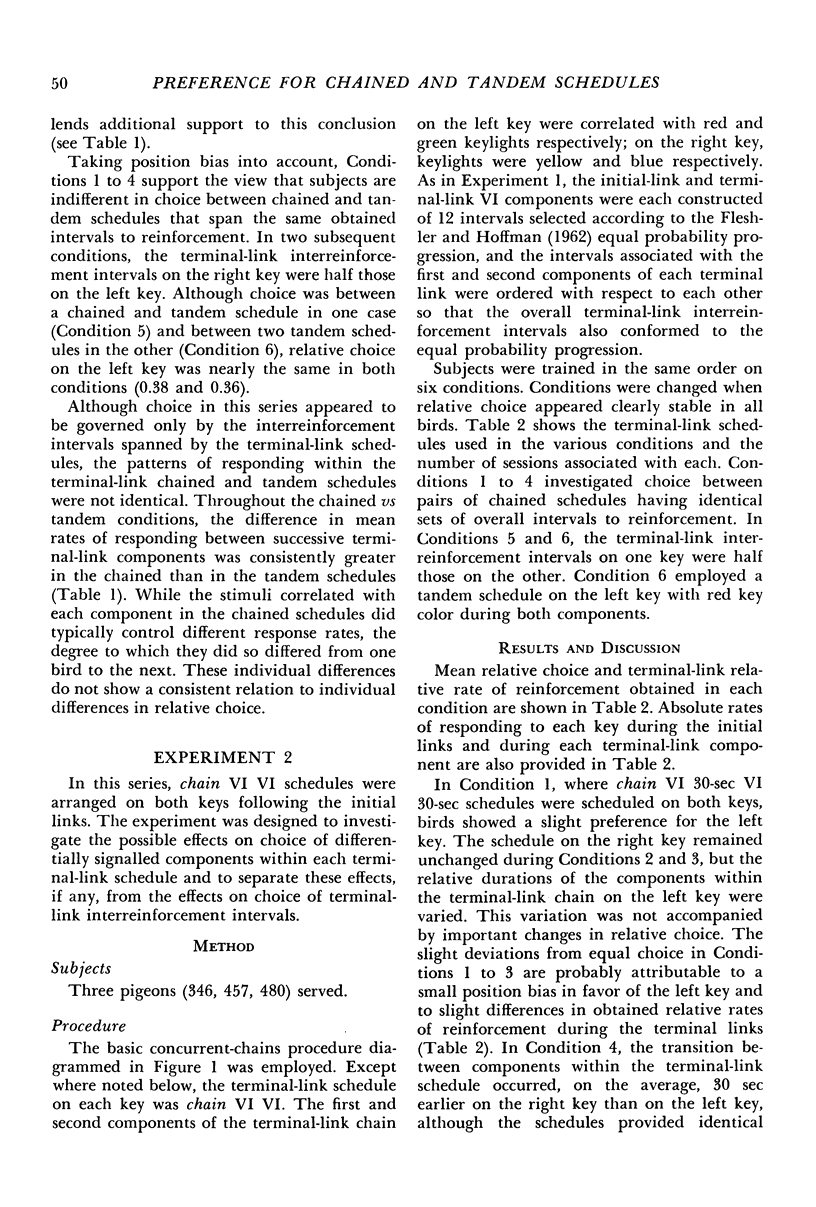
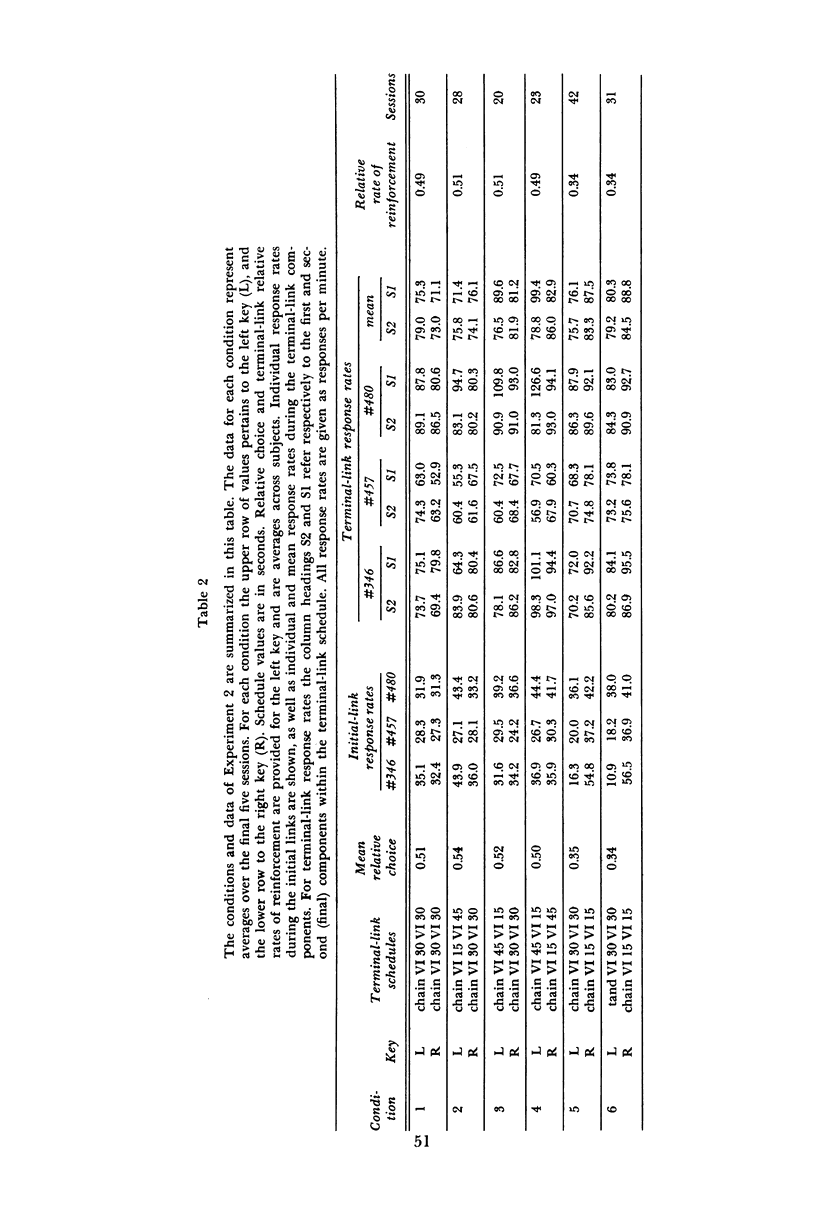
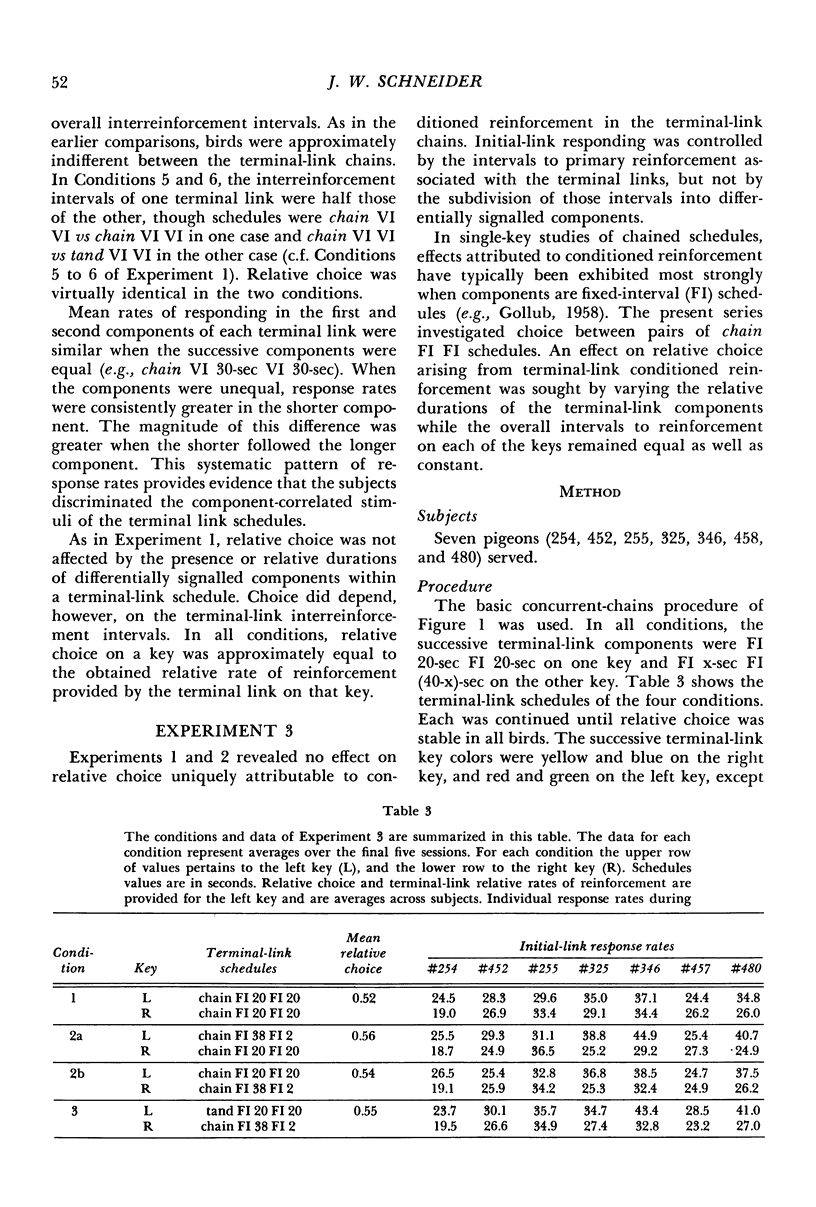
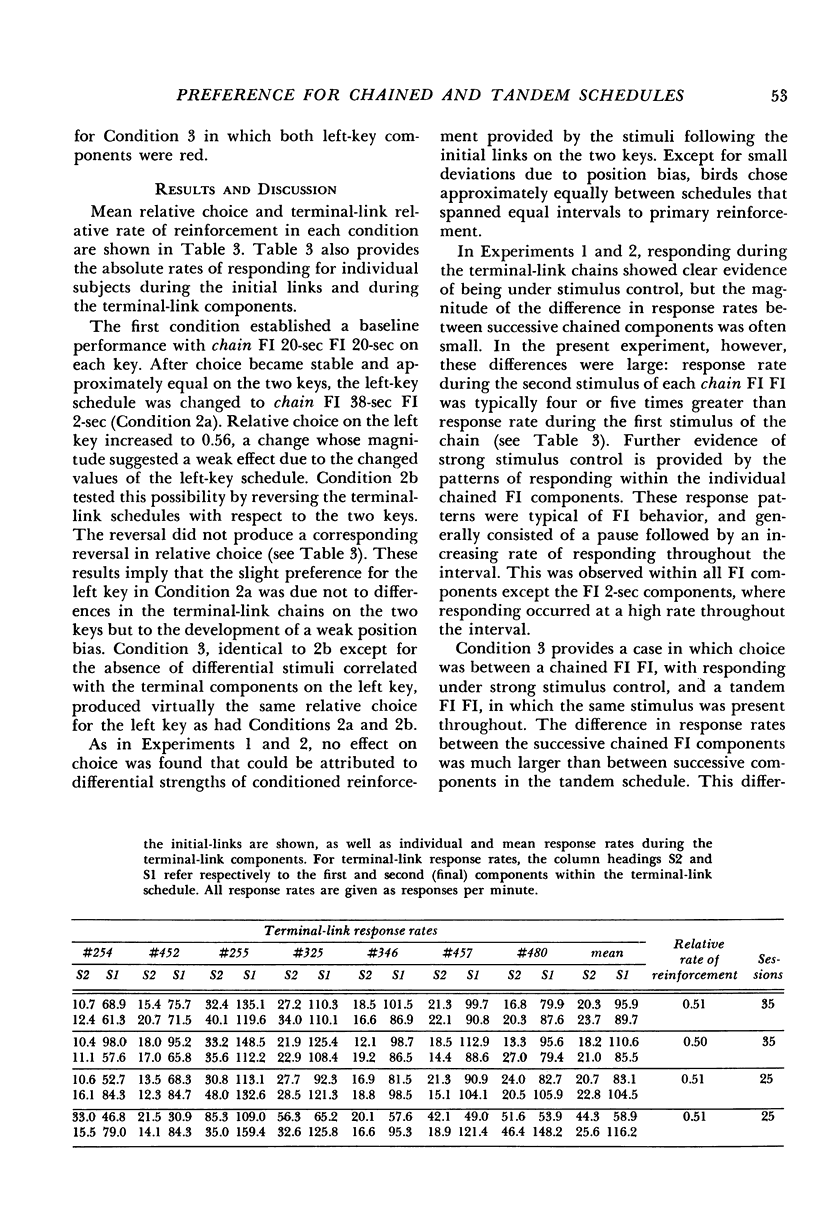
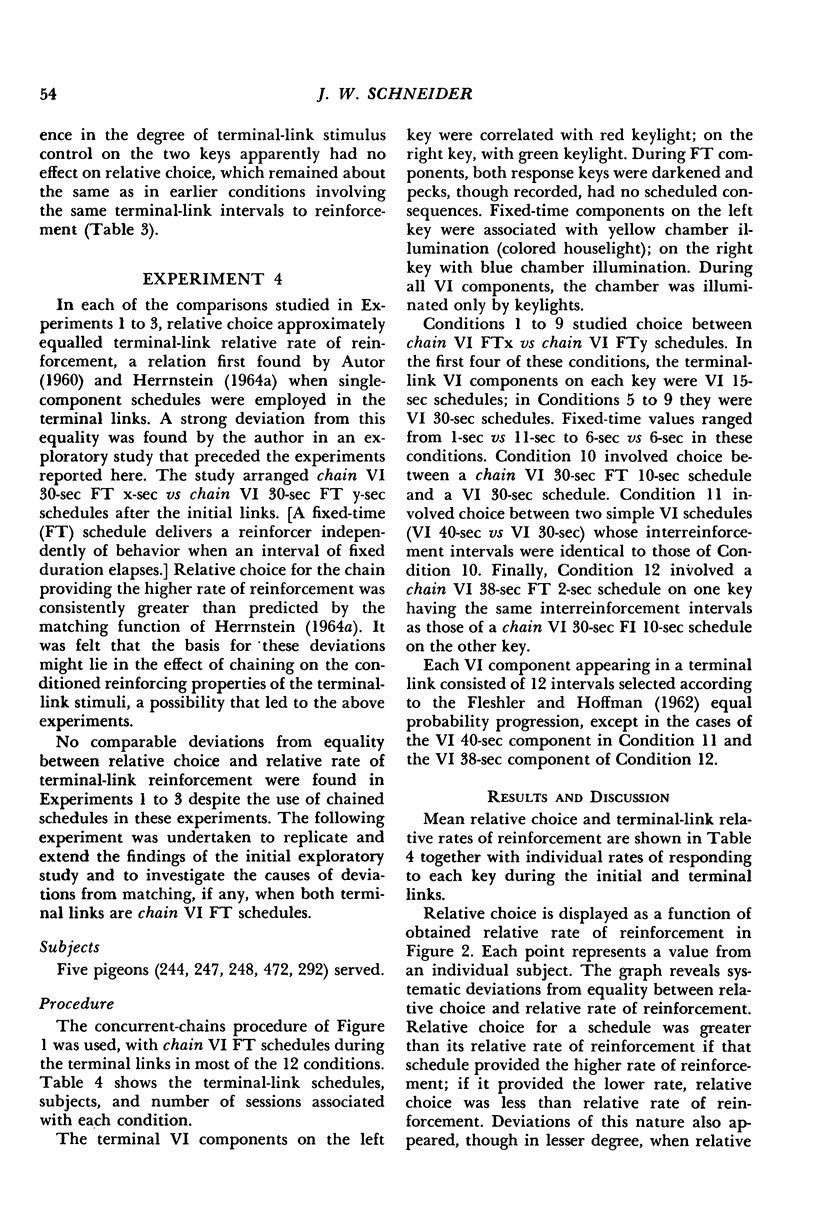
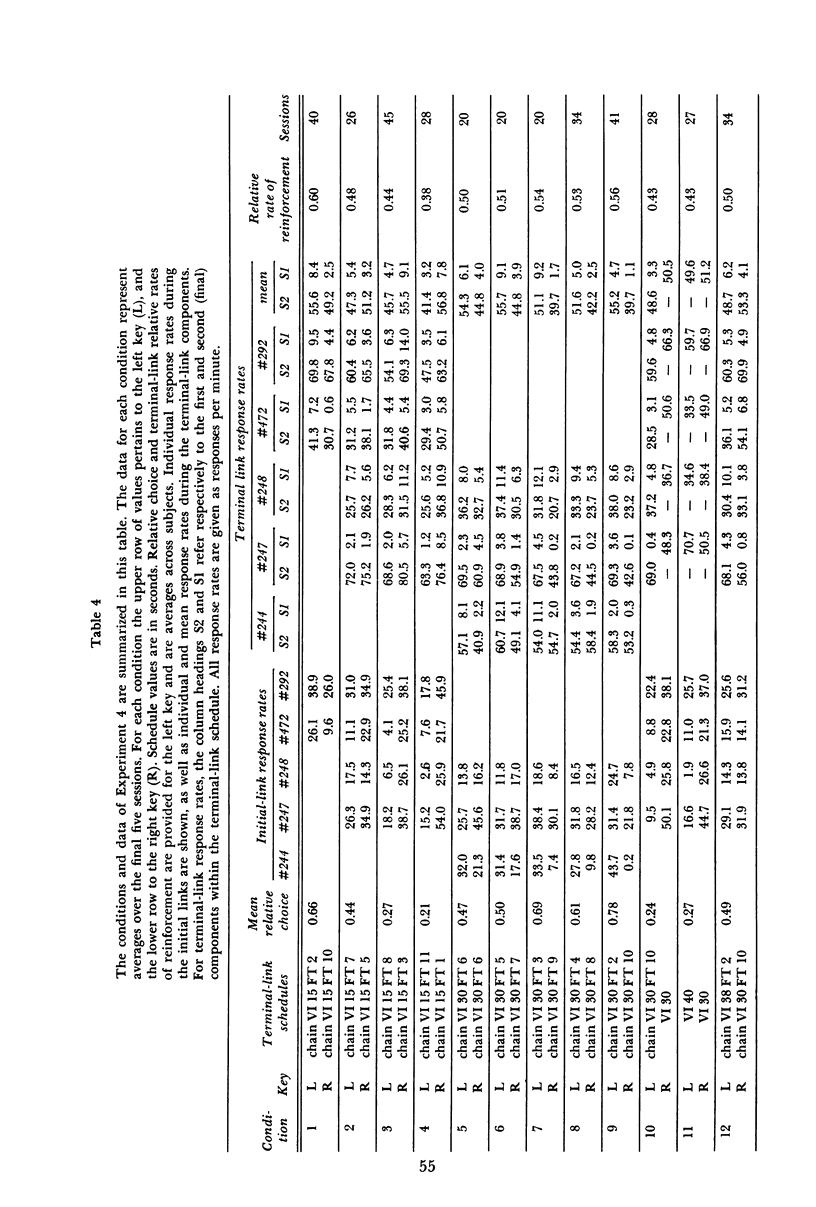
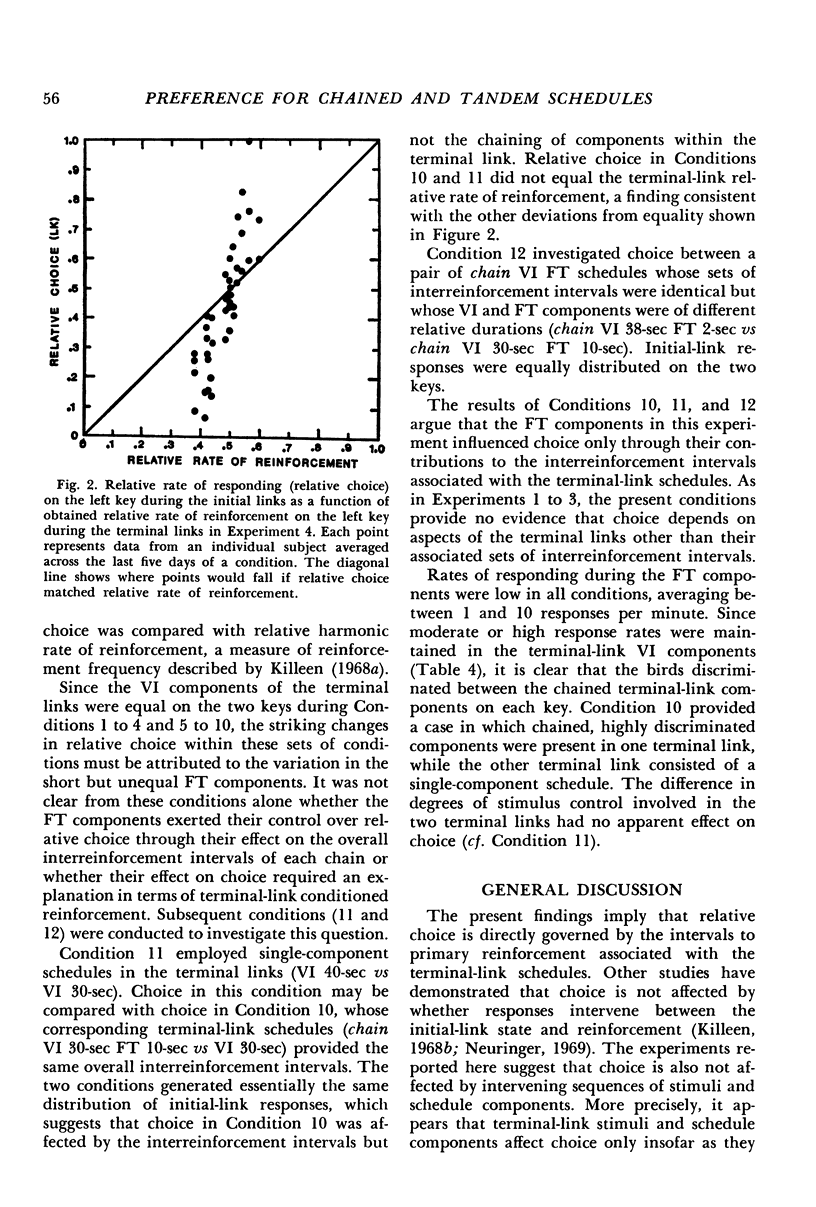
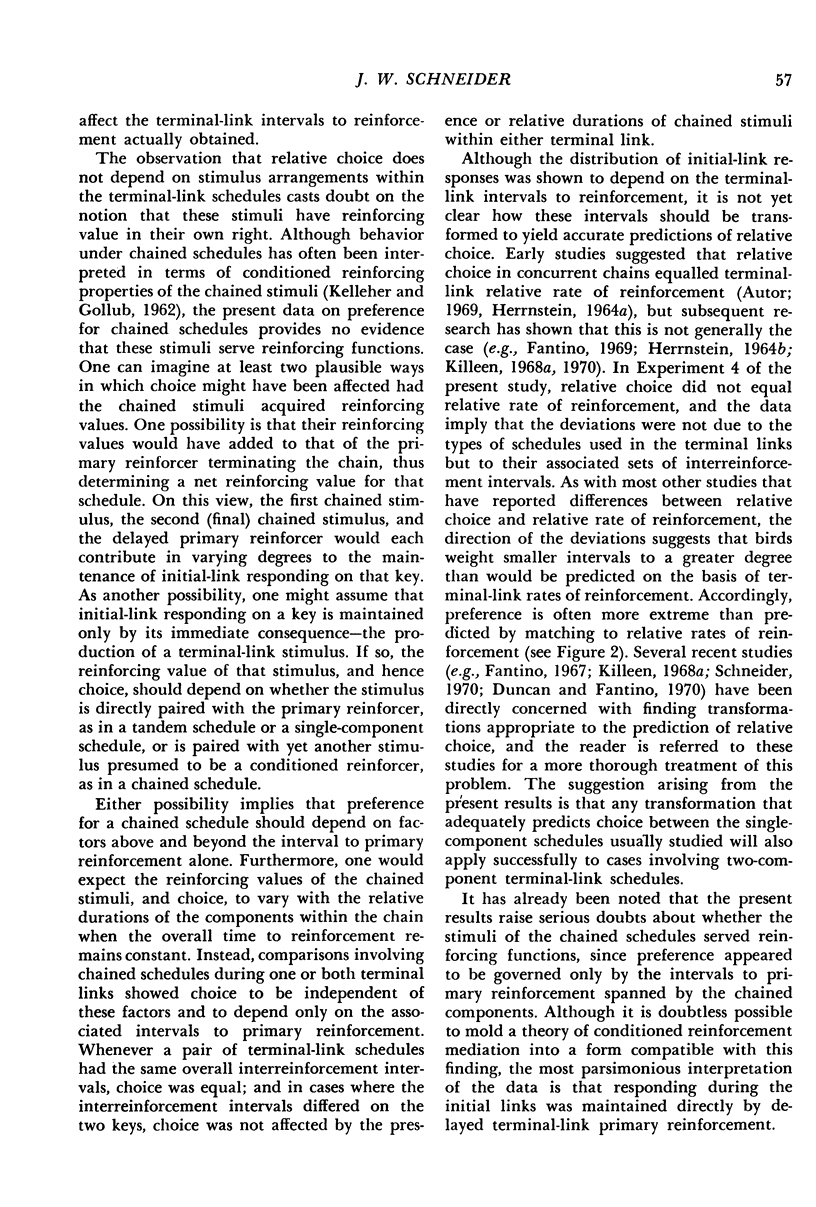
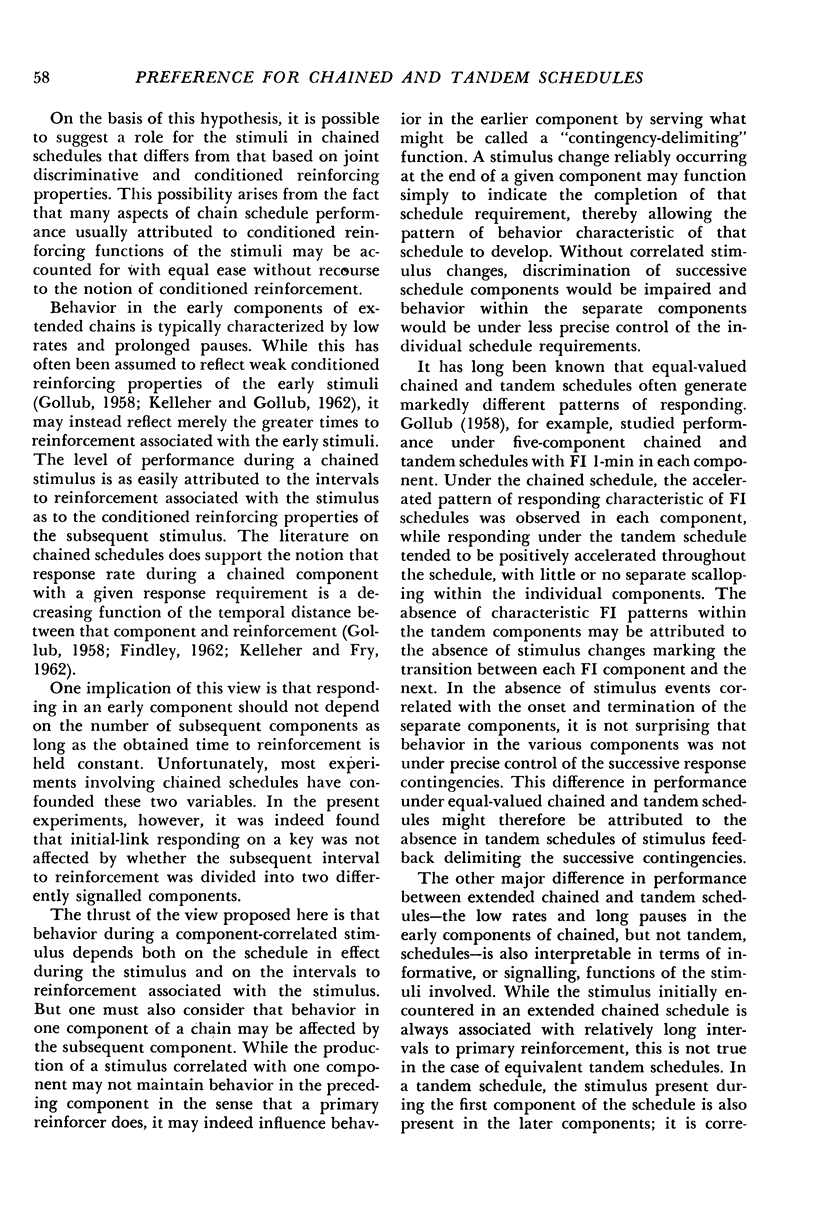
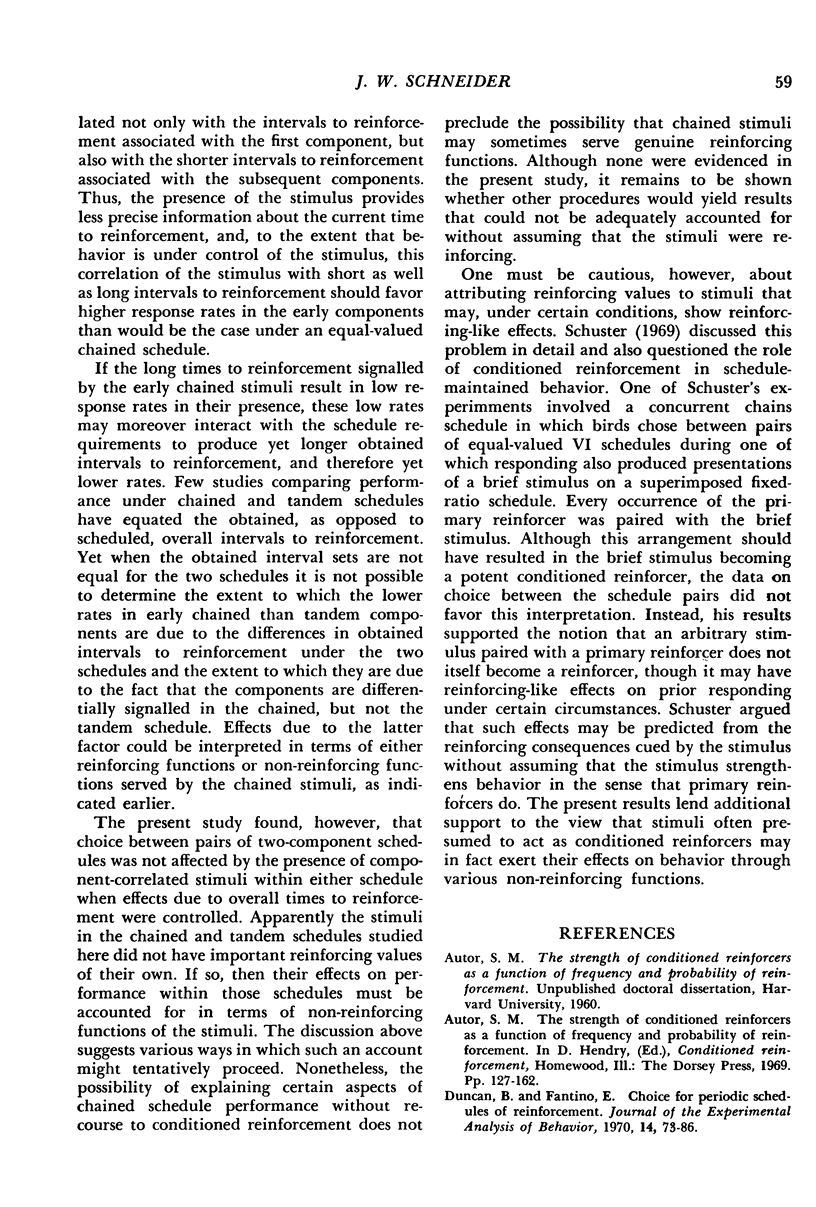
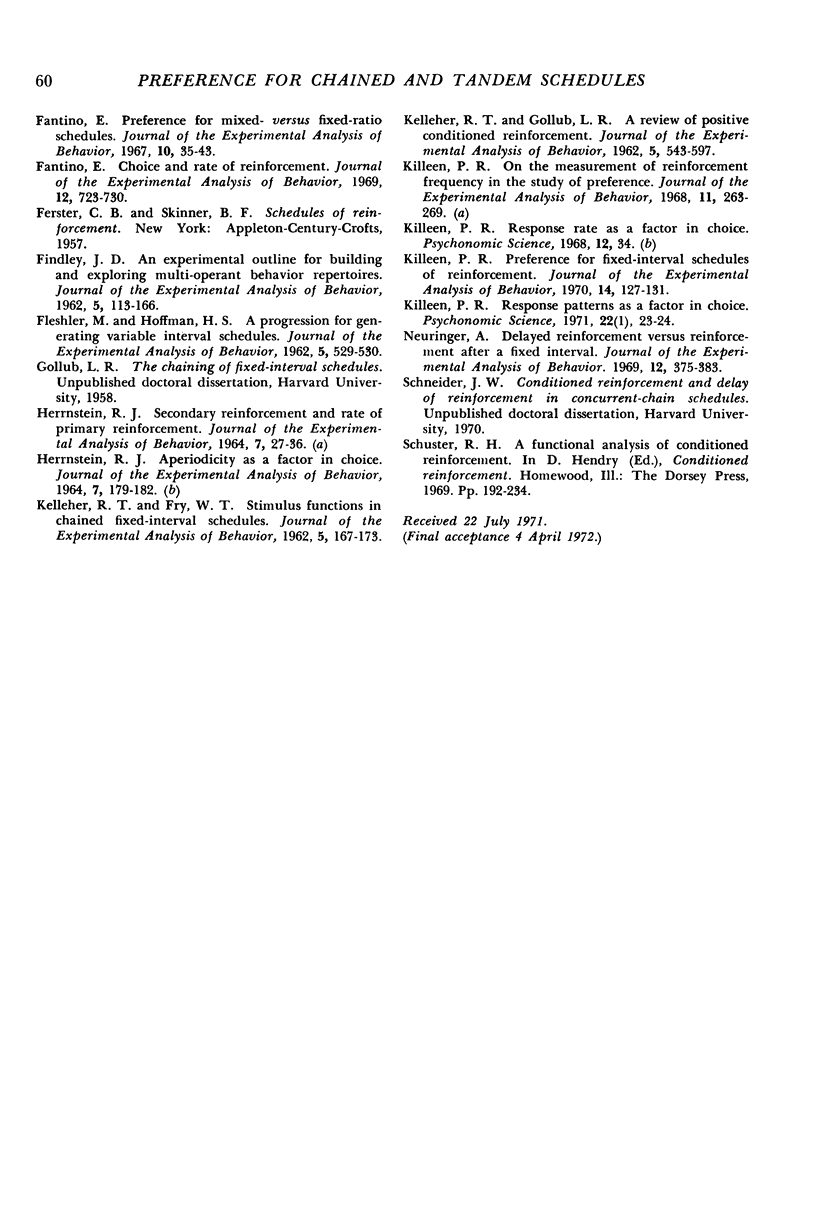
Selected References
These references are in PubMed. This may not be the complete list of references from this article.
- Duncan B., Fantino E. Choice for periodic schedules of reinforcement. J Exp Anal Behav. 1970 Jul;14(1):73–86. doi: 10.1901/jeab.1970.14-73. [DOI] [PMC free article] [PubMed] [Google Scholar]
- FINDLEY J. D. An experimental outline for building and exploring multi-operant behavior repertoires. J Exp Anal Behav. 1962 Jan;5(Suppl):113–166. doi: 10.1901/jeab.1962.5-s113. [DOI] [PMC free article] [PubMed] [Google Scholar]
- FLESHLER M., HOFFMAN H. S. A progression for generating variable-interval schedules. J Exp Anal Behav. 1962 Oct;5:529–530. doi: 10.1901/jeab.1962.5-529. [DOI] [PMC free article] [PubMed] [Google Scholar]
- Fantino E. Choice and rate of reinforcement. J Exp Anal Behav. 1969 Sep;12(5):723–730. doi: 10.1901/jeab.1969.12-723. [DOI] [PMC free article] [PubMed] [Google Scholar]
- Fantino E. Preference for mixed- versus fixed-ratio schedules. J Exp Anal Behav. 1967 Jan;10(1):35–43. doi: 10.1901/jeab.1967.10-35. [DOI] [PMC free article] [PubMed] [Google Scholar]
- KELLEHER R. T., FRY W. T. Stimulus functions in chained fixed-interval schedules. J Exp Anal Behav. 1962 Apr;5:167–173. doi: 10.1901/jeab.1962.5-167. [DOI] [PMC free article] [PubMed] [Google Scholar]
- KELLEHER R. T., GOLLUB L. R. A review of positive conditioned reinforcement. J Exp Anal Behav. 1962 Oct;5:543–597. doi: 10.1901/jeab.1962.5-s543. [DOI] [PMC free article] [PubMed] [Google Scholar]
- Killeen P. On the measurement of reinforcement frequency in the study of preference. J Exp Anal Behav. 1968 May;11(3):263–269. doi: 10.1901/jeab.1968.11-263. [DOI] [PMC free article] [PubMed] [Google Scholar]
- Killeen P. Preference for fixed-interval schedules of reinforcement. J Exp Anal Behav. 1970 Sep;14(2):127–131. doi: 10.1901/jeab.1970.14-127. [DOI] [PMC free article] [PubMed] [Google Scholar]
- Neuringer A. J. Delayed reinforcement versus reinforcement after a fixed interval. J Exp Anal Behav. 1969 May;12(3):375–383. doi: 10.1901/jeab.1969.12-375. [DOI] [PMC free article] [PubMed] [Google Scholar]


